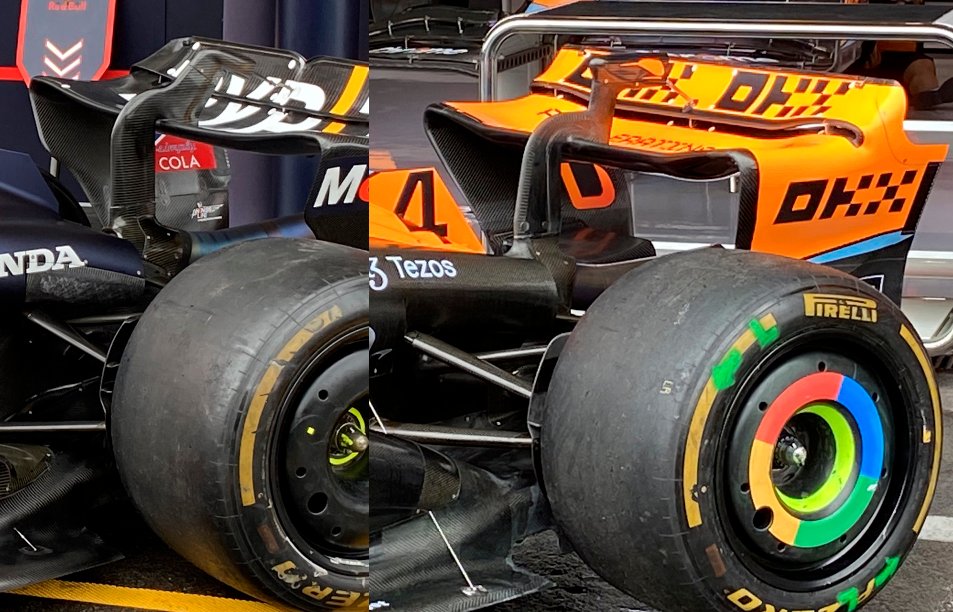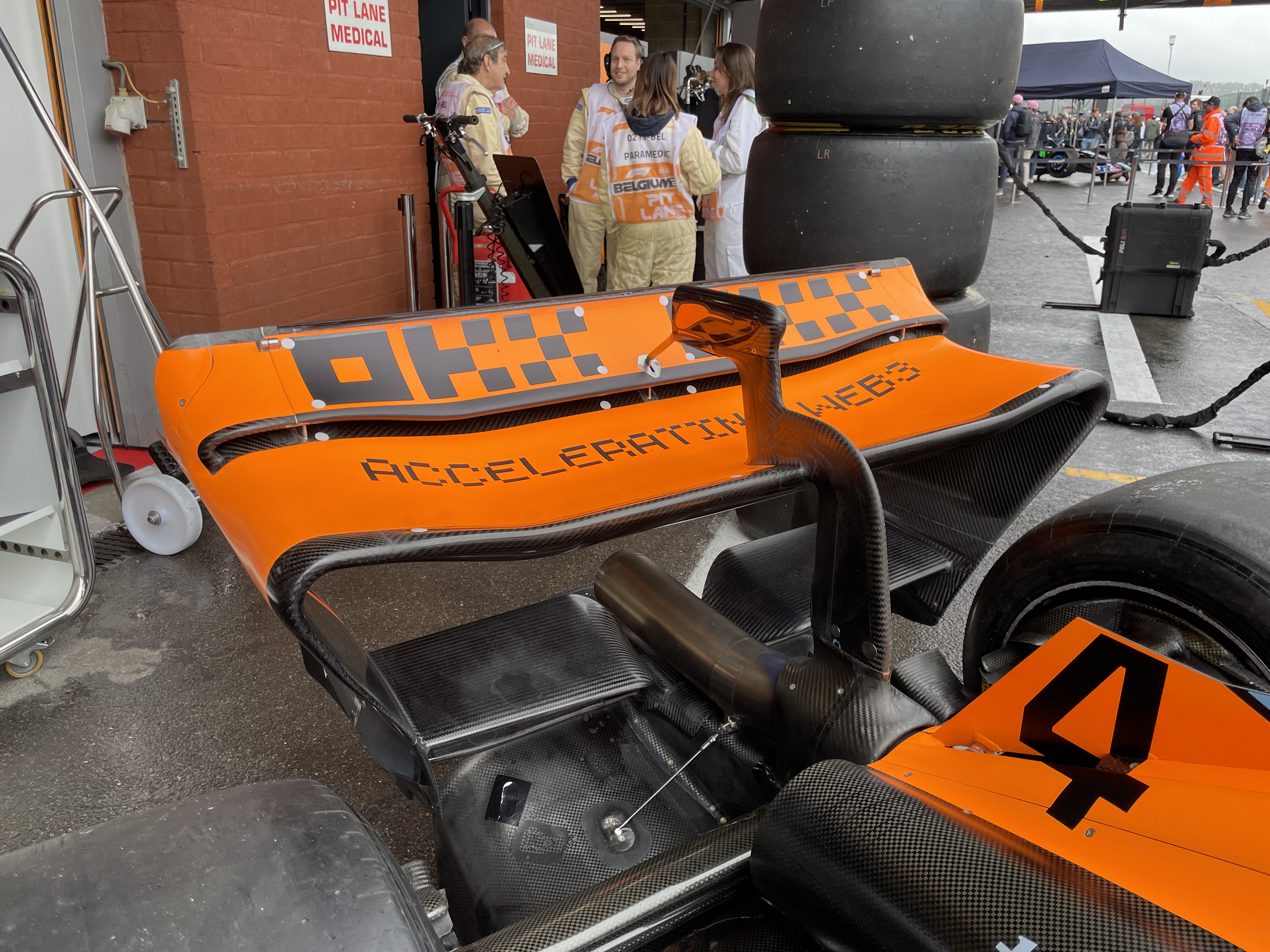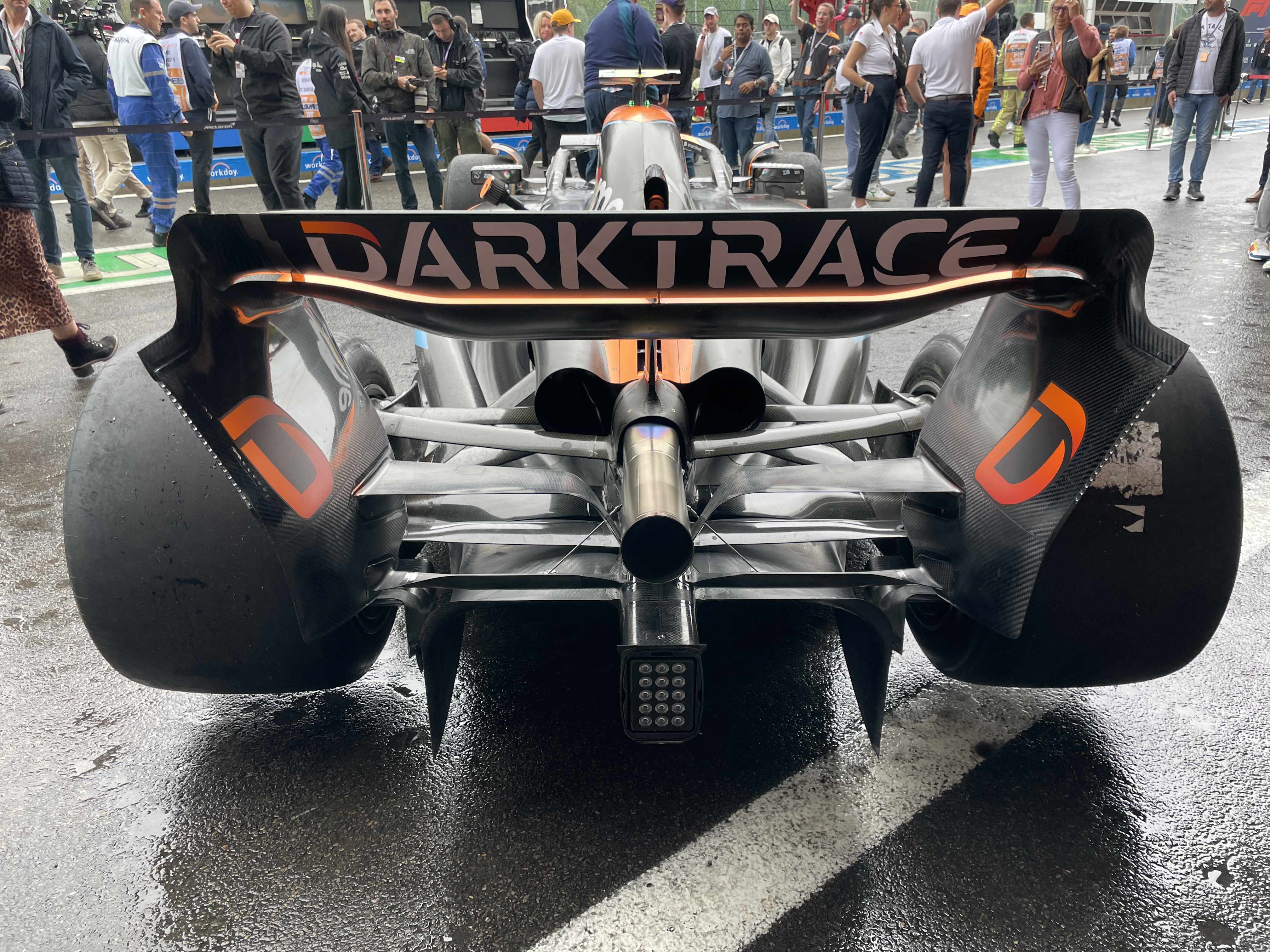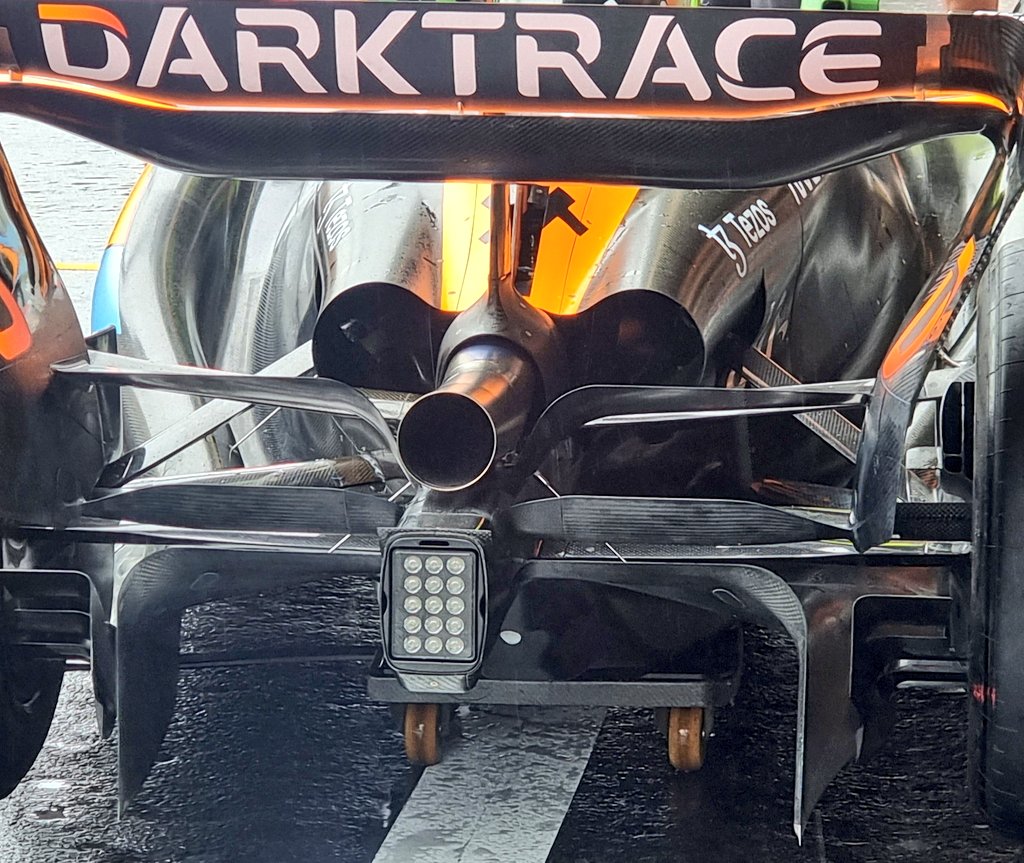DiogoBrand wrote: ↑28 Jul 2023, 11:40
Farnborough wrote: ↑28 Jul 2023, 09:02
trinidefender wrote: ↑28 Jul 2023, 01:12
Not necessarily. There are a few options to alleviate that problem from bump-stops with varying stiffnesses to different rising rate springs and/or bellcranks allowing the car to be set up softer at slower speeds but stiffening up for those sections.
This is one of the areas in which the so called "anti dive" has an effect and how its arranged on some chassis. Notice how good (almost unaffected) was RB here last year.
It partly separates the consistent vertical component by supporting compression with geometry conflict, while leaving the true spring/torsion provision to cope with more conventional irregularities.
As far as I know, anti dive and anti squat are meant to control compression under longitudinal acceleration, like accelerating and braking, not vertical load due to downforce, lateral load or vertical change of direction, as is the case of Eau Rouge.
I put it in " " as others describe it as such, and yes agree with you in it's purest form as to effects.
But these more extreme drop of rear suspension leg (using RB as example) and difficult to fully judge because we cannot really see the top outer joint of those two components, have the capability to add conflict, hysteris and individual spring effect tuning to this vertical path.
If (you can can see the limitations of description) the two top arm are single component, then upward movement will initiate a torsion of the top single "crossbow" link rather than just vertical movement. This available to any vertical chassis load. That design was (obviously other chassis parts are influences) easily the least affected by the TD 039 imposition last year.
We've something to look for at least this year in relative performance in seeing if this team or others move nearer to parity.








